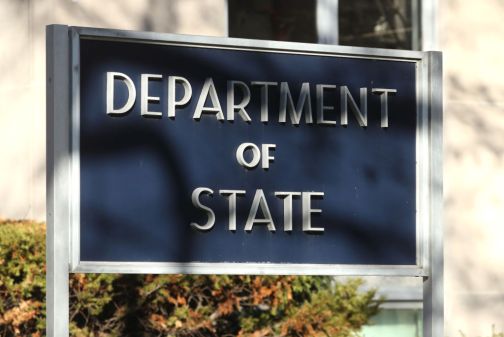The State Department needs your help with real-time global awareness

The Department of State is eyeing how technology may help its workforce keep tabs on global events of interest as they unfold — unrest, foreign policy shifts and more.
The agency recently put out a request for information (RFI) to this effect, looking for ways it might be able to “quickly discover global event/situation information relevant to the Department’s mission as soon as content becomes available, and to leverage online information (e.g. text and multimedia) to analyze and track global developments in (near) real-time.”
Essentially the agency wants to be able to swiftly and effectively gather operationally relevant information from the wealth of data available online. This requires that State be able to understand sentiment across languages, asses whether a source is credible and more.
The three-page RFI document includes a wide-ranging list of agency needs, hinting that it’ll probably require a very versatile tool or set of tools. The needs include everything from the need to “maximize exposure to public sentiment data on a topic or trend of interest” to the need to “maximize the overall effectiveness of DOS’s information products” and beyond.
Companies have until Aug. 31 to chime in with information on what is currently available that could meet State’s requirements and how the agency might best structure its contract to acquire such a tool.
State isn’t the only agency looking into how data, if properly leveraged, may help it understand what’s going on in the world. Earlier this month the Intelligence Advanced Research Project Agency launched a new challenge that calls on participants to use publicly available data to predict civil unrest in various Middle Eastern and North African countries.
And that’s not all — The Department of Homeland Security recently ran a challenge that asked participants to use open data to predict biothreats. The winning solution was a dashboard that integrates Twitter and Google Search data with existing infectious disease monitoring tools, like Flu Near Youand HealthMap, to spot the “signals” of an emerging threat.






